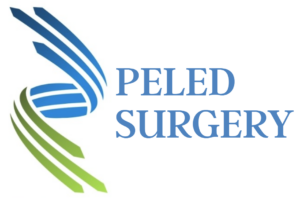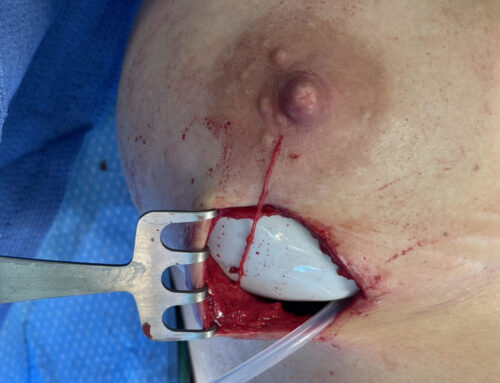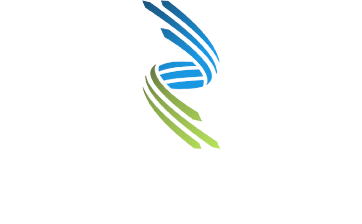Migraine headaches have traditionally been thought to arise from within the central nervous system (i.e. the brain and/or spinal cord) and then produce symptoms elsewhere such as throbbing in the back of the head, forehead or temples. There are many theories as to what exactly within the central nervous system causes these chronic and often debilitating headaches. Some of these theories include pathologic blood vessel dilatation and constriction (loosening and tightening), abnormal firing of neurons within the brain, and abnormalities of various biologic chemicals (e.g. serotonin, calcitonin gene-related peptide). The fact that no one theory has been proven correct is likely one of the many reasons that there are so many different methods for the treatment of chronic headaches like migraines. In fact, from a medication standpoint alone, there are not only dozens of medications used to treat migraines, but multiple classes of medications such as calcitonin gene-related peptide receptor antagonists, triptans, antidepressants, muscle relaxants, blood pressure medications, narcotics, neuroleptics, ergotamines, and so on. Fortunately, a different perspective on such debilitating, chronic headaches has produced remarkable results with respect to headache relief.
This treatment method focuses on the peripheral (as opposed to central) nervous system as the source of pain. Specifically, this different school of thought suggests that peripheral nerve irritation (i.e. irritation of nerves outside of the brain and spinal cord such as those within the scalp or forehead) can cause secondary irritation within the central nervous system thus leading to the perception of and symptoms of a headache. If this mechanism were in fact the culprit, then identifying and correcting the cause of such irritation could produce relief from the headache symptoms. Plastic surgeons have been doing exactly that with a common nerve irritation/compression problem known as carpal tunnel syndrome for decades. In this syndrome, a nerve within the wrist is compressed (i.e. pinched) and surgeons decompress (i.e. un-pinch) it, thereby relieving the symptoms of pain with a greater than 90% success rate. Numerous peer-reviewed articles have now demonstrated that just like at the wrist, there are nerves within the head and neck that are compressed or irritated and that decompressing them can produce significant or even complete relief that can be permanent.
Find out more about treating your migraine symptoms by contacting us HERE.




